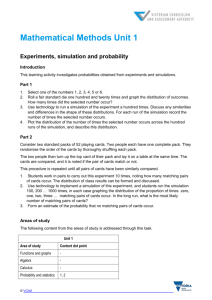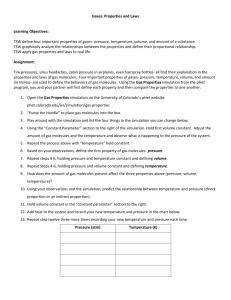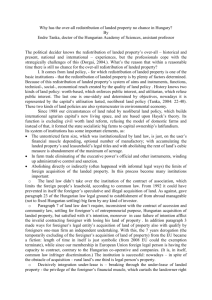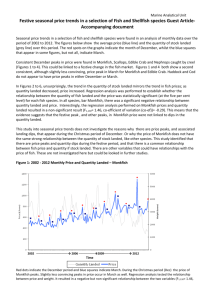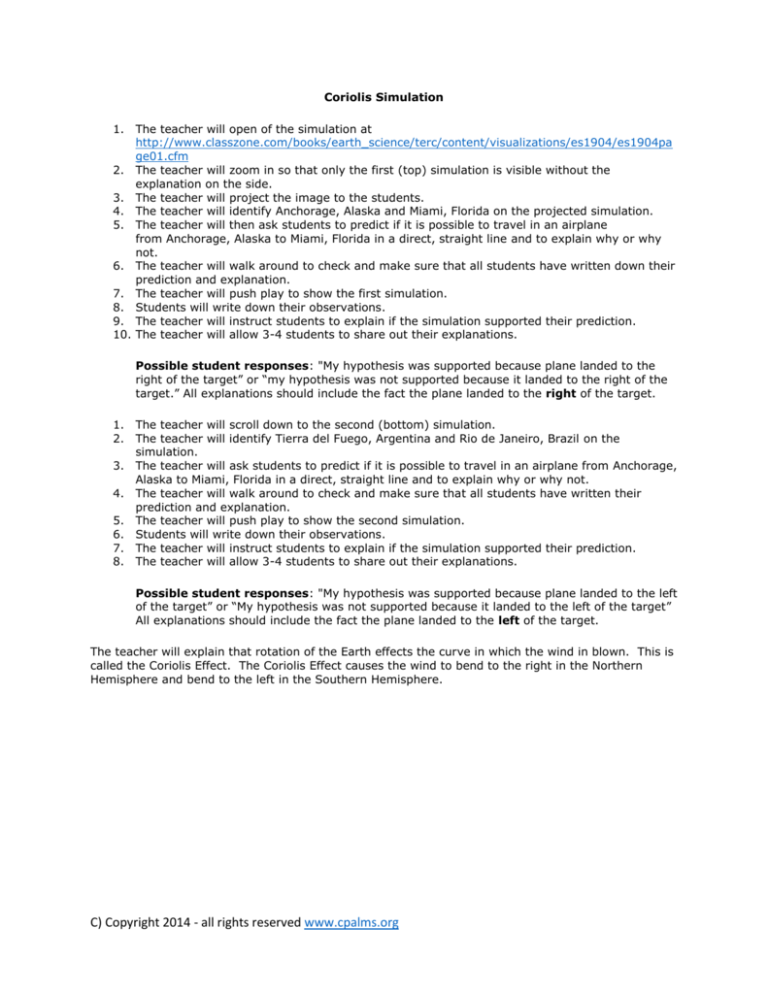
Coriolis Simulation
1. The teacher will open of the simulation at
http://www.classzone.com/books/earth_science/terc/content/visualizations/es1904/es1904pa
ge01.cfm
2. The teacher will zoom in so that only the first (top) simulation is visible without the
explanation on the side.
3. The teacher will project the image to the students.
4. The teacher will identify Anchorage, Alaska and Miami, Florida on the projected simulation.
5. The teacher will then ask students to predict if it is possible to travel in an airplane
from Anchorage, Alaska to Miami, Florida in a direct, straight line and to explain why or why
not.
6. The teacher will walk around to check and make sure that all students have written down their
prediction and explanation.
7. The teacher will push play to show the first simulation.
8. Students will write down their observations.
9. The teacher will instruct students to explain if the simulation supported their prediction.
10. The teacher will allow 3-4 students to share out their explanations.
Possible student responses: "My hypothesis was supported because plane landed to the
right of the target” or “my hypothesis was not supported because it landed to the right of the
target.” All explanations should include the fact the plane landed to the right of the target.
1. The teacher will scroll down to the second (bottom) simulation.
2. The teacher will identify Tierra del Fuego, Argentina and Rio de Janeiro, Brazil on the
simulation.
3. The teacher will ask students to predict if it is possible to travel in an airplane from Anchorage,
Alaska to Miami, Florida in a direct, straight line and to explain why or why not.
4. The teacher will walk around to check and make sure that all students have written their
prediction and explanation.
5. The teacher will push play to show the second simulation.
6. Students will write down their observations.
7. The teacher will instruct students to explain if the simulation supported their prediction.
8. The teacher will allow 3-4 students to share out their explanations.
Possible student responses: "My hypothesis was supported because plane landed to the left
of the target” or “My hypothesis was not supported because it landed to the left of the target”
All explanations should include the fact the plane landed to the left of the target.
The teacher will explain that rotation of the Earth effects the curve in which the wind in blown. This is
called the Coriolis Effect. The Coriolis Effect causes the wind to bend to the right in the Northern
Hemisphere and bend to the left in the Southern Hemisphere.
C) Copyright 2014 - all rights reserved www.cpalms.org





